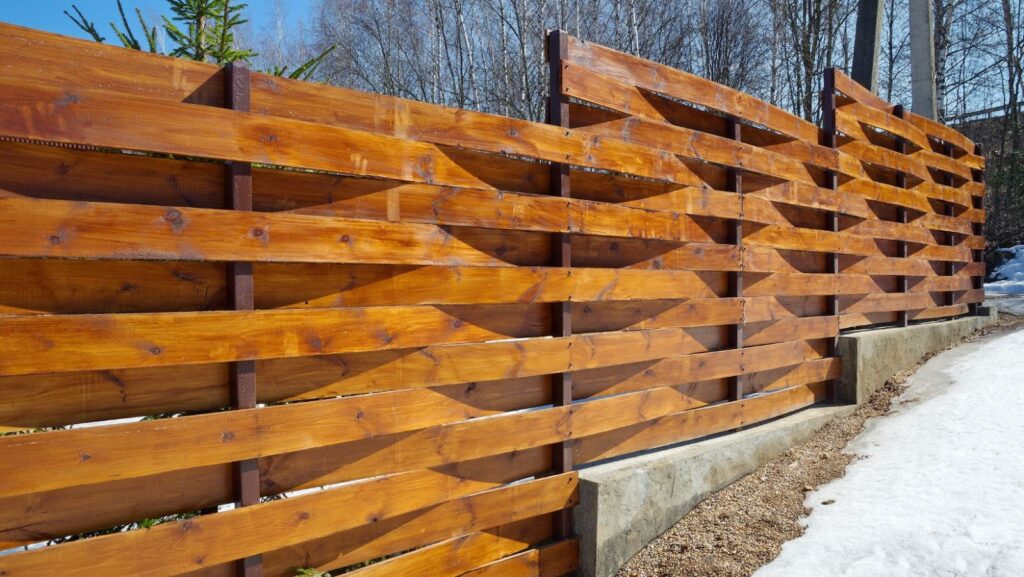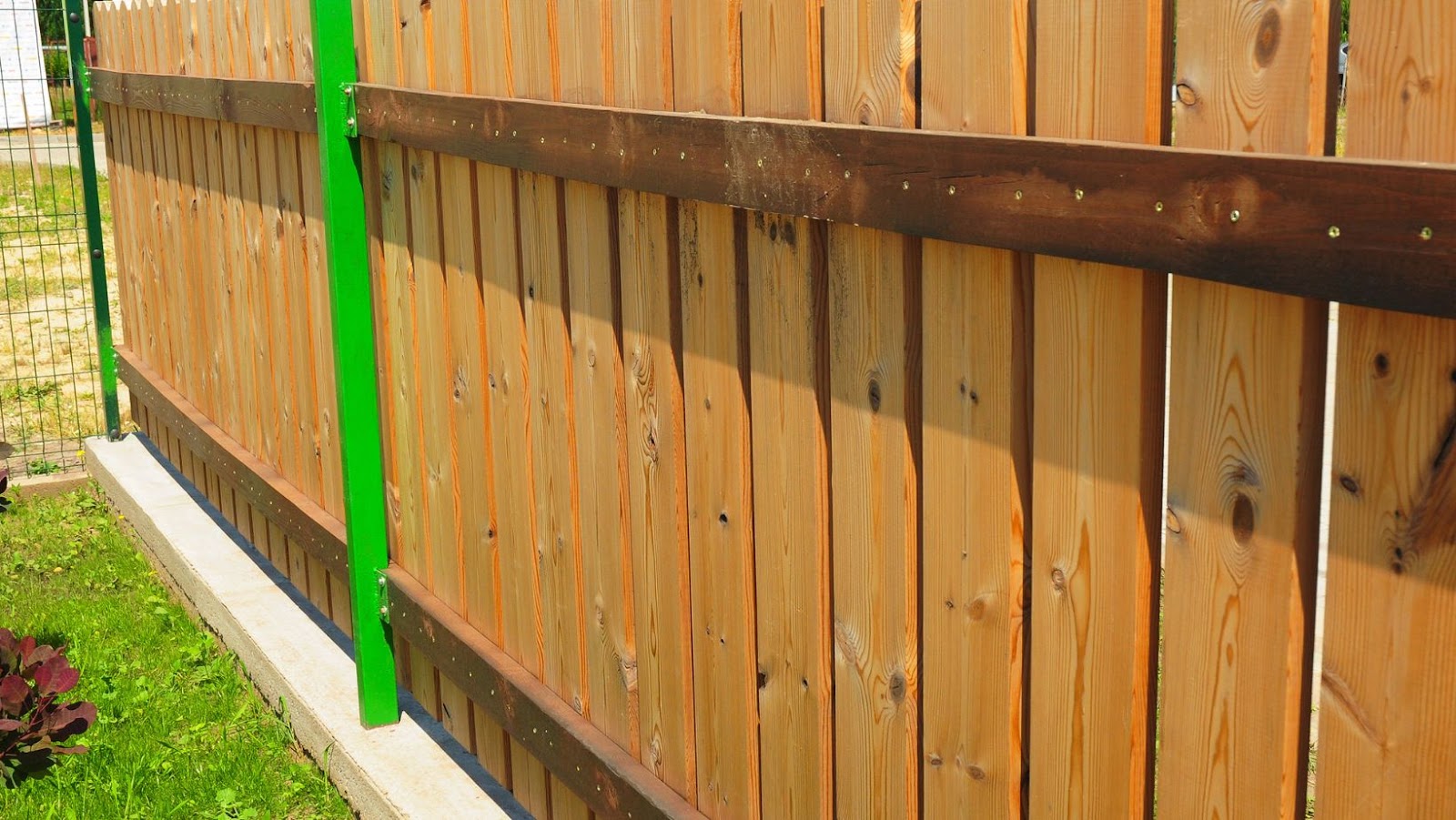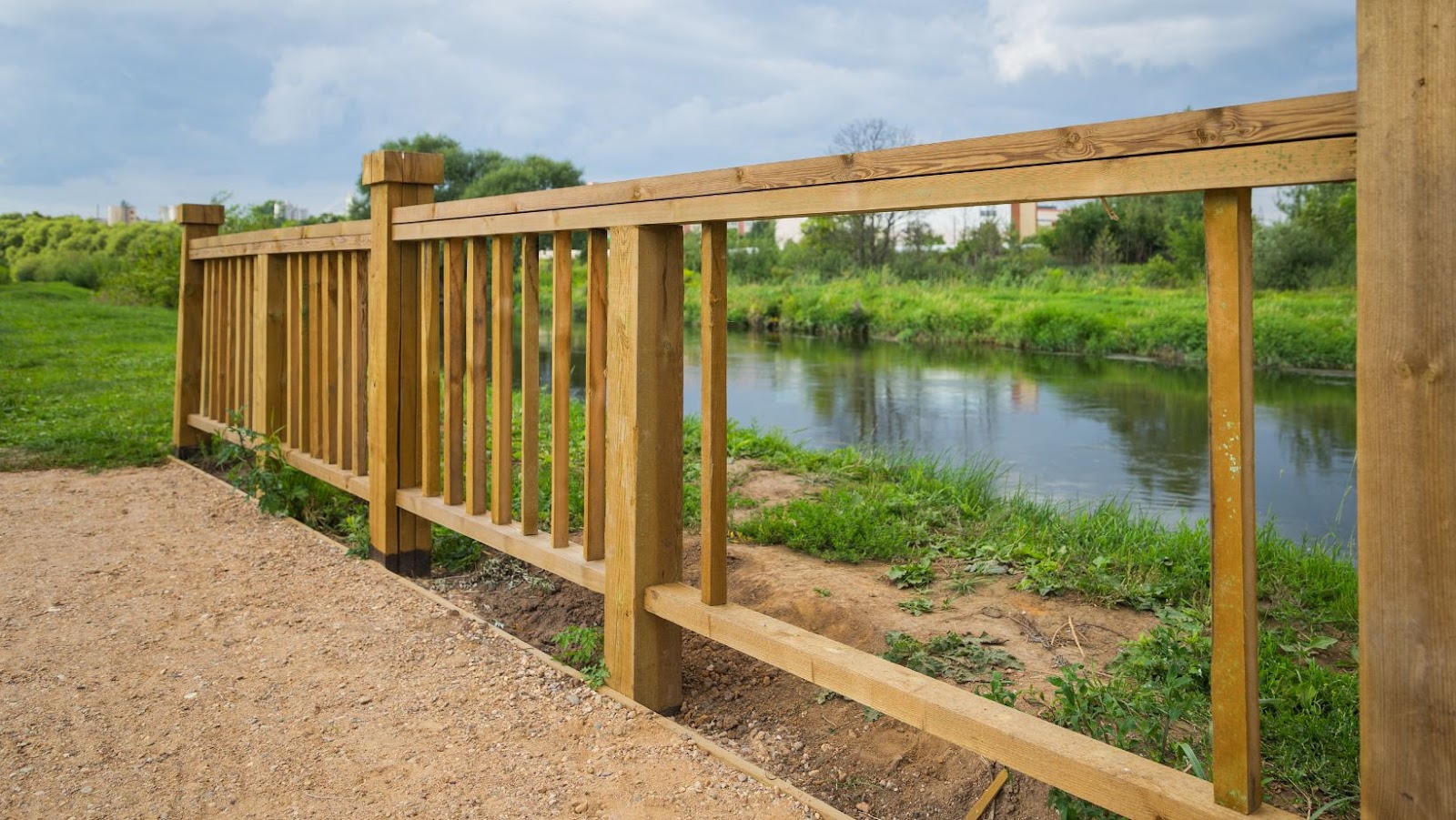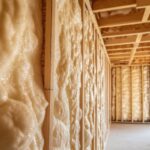
Suppose you are considering modifying your garden’s visual appeal or updating your fence. In that case, one of the most crucial decisions you will need to make is whether you want to upgrade to composite fencing from companies such as luxuryscreens.co.uk or upgrade to timber fencing. The recycled plastic and wood that make up composite fencing are both recyclable. Although composite fencing and timber fencing are extremely popular in their own right, a few key distinctions need to be established between the two forms of fencing. This includes the kind of materials utilized throughout the construction process, the anticipated lifespan of the fence, and any essential maintenance that may be required. This is the information that you have been looking for.
The Materials Used
Depending on the type of panel, hard or softwood is nearly always used in the construction of traditional fence panels. On the other hand, composite fencing is created by combining recycled plastic with traditional wood and a number of other components to form the final product.
As a result of the fact that every component brings something slightly different to the table, the various elements are able to complement and bolster one another. In spite of the fact that the wood gives the illusion of being real and authentic, the plastic maintains its high strength, which permits a solution that is both more long-lasting and more resistant to wear and tear.
Installation
The assembly of a fence made of composite materials is not all that dissimilar to the assembly of a fence made of lumber. The spacing of your posts and the manner in which you are securing them, either by installing a post base into a concrete floor or by burying them and then concreting them in, should be your primary focus. It is as simple as slipping your trims and planks into place after your posts have been installed at a suitable distance from one another in the appropriate order.
It’s possible that the labor expenses associated with installing composite fencing will be marginally higher than those associated with installing timber fences. When compared to the price of building a timber fence, which can range anywhere from £8 to £20 per foot, the average cost of installing composite is between £12 and £42 per foot. You shouldn’t take these numbers as gospel since they vary quite a bit depending on the type of fence being installed and the property’s geographical location.
How Much Do They Cost?
Although composite fencing has a greater starting cost than most ordinary wood fences, the related costs over the fence’s lifetime can make your wood fence quite a deal more costly in the long run. This is because composite fencing is resistant to decay, warping, and splintering, unlike wooden fencing. The annual cost of staining and painting the fence is an expense, and depending on the circumstances, the cost of repairs or replacements may be unexpected or unwanted. These costs are eliminated when the composite fence is utilized.
The customer’s fencing style choice can also substantially affect the total cost of the timber fence they purchase. Depending on the type of fence you desire, such as a simple panel fence or an exquisite decorative fence, the price of a wooden fence may be up to fifty percent less than the price of a composite fence. However, “better” does not necessarily equate to “cheaper.”
Composite fences, in contrast to wooden fences, offer a number of key advantages, including the following four:
High Strength
The composite fencing offered by Luxury Screens has been put through rigorous testing and quality assurance inspections to ensure that it lives up to the company’s claim of having an exceptionally long lifespan and a high level of durability. These stages were carried out to ensure that the final product met all of the specifications given in the design. When you use composite fencing from Luxury Screens, the possibility of wind damage and, as a consequence, the need to replace panels is cut down by a significant amount. On the other hand, wooden fence panels have a well-deserved reputation for being easily disassembled or destroyed when subjected to severe winds because of their brittle nature.
Environmentally Friendly
Traditional fence panels must be made from tree trunks, which necessitates cutting down trees in the process. This has a detrimental impact on the local ecosystem and, in some cases, can lead to the loss of forest cover. The composite boards manufactured by Luxury Screens are the option that causes the least amount of damage to the environment. These boards are composed of recycled wood fibers and polymers to the tune of 90 percent, and non-toxic additives make up the remaining 10 percent.
Easy to Care for
If you want traditional Timber to retain its attractive appearance, you will need to perform a significant amount of maintenance on it on a regular basis. This includes sanding, staining, and treating it. There is no need to do any of this labor-intensive maintenance on composite fencing because all that is required of it is the occasional and straightforward cleaning of debris. Because of the extraordinarily low water absorption rates of the components that make up Luxury Screens composite fencing, such as the boards and the aluminum posts, the fencing will not be susceptible to the warping, rotting, rusting, or twisting that lumber so frequently is.
Efficient
The initial cost of constructing a fence out of composite material may be more than the cost of constructing a fence out of wood since composite material is more durable. On the other hand, this type of fencing is going to prove to be a better investment over the long term. If you decide to install composite fencing as opposed to traditional wooden fencing, you may perhaps anticipate that it will last for a significantly longer period of time. Because of this, you won’t have to worry about replacing the fence after only a few years have gone; this will save you both time and money.
Conclusion
Our experts concluded that composite fencing is the preferable option for most homeowners interested in replacing their current fence after analyzing the benefits and drawbacks associated with both techniques of fence installation. These homeowners are aware that purchasing composite fencing requires an initial investment of more money; however, they will save money in the long run as a result of the absence of recurring labor and material costs associated with maintenance, as well as the fact that their fence will retain its beautiful appearance for a longer period of time. Composite fencing also has a longer lifespan than traditional fencing options.














